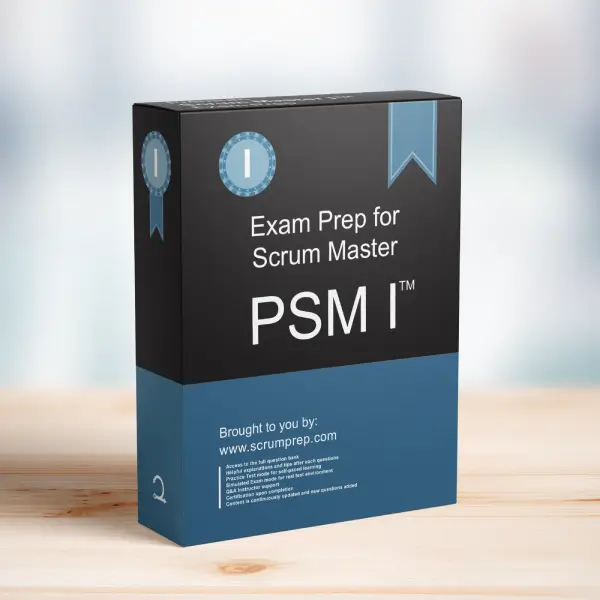Determining the Length of a Sprint
The length of a Sprint in Scrum is a crucial factor that impacts the ability to deliver valuable increments, manage risk, and synchronize with other business activities. Here is an analysis of how to determine the appropriate length of a Sprint:
Exam Question
The length of a Sprint should be: (choose the best answer)
- A. Short enough to keep the business risk acceptable to the Product Owner.
- B. Short enough to be able to synchronize the development work with other business events.
- C. No more than one calendar month.
- D. All of the above.
Correct Answer
D. All of the above.
Explanation
Why D is Correct
The length of a Sprint should balance multiple factors to ensure effective and efficient delivery of increments. These factors include managing business risk, aligning with business events, and adhering to the Scrum guideline of a maximum duration.
Key Points
A. Short enough to keep the business risk acceptable to the Product Owner:
Shorter Sprints allow for more frequent inspection and adaptation, reducing the risk of deviating from stakeholder expectations. This ensures that the Product Owner can frequently review and adjust the product direction based on feedback.
B. Short enough to be able to synchronize the development work with other business events:
Sprints should be aligned with the timing of other business activities, such as marketing campaigns, regulatory deadlines, or financial reporting periods. This synchronization helps in integrating the development efforts with broader organizational plans and timelines.
C. No more than one calendar month:
Scrum guidelines specify that a Sprint should not exceed one calendar month. This duration ensures that the team can maintain a consistent and manageable rhythm of work while allowing for regular feedback and adaptation cycles.
Roles and Responsibilities in Scrum
- Product Owner: Works with the team to determine a Sprint length that balances business risk, synchronization with business events, and Scrum guidelines.
- Scrum Master: Facilitates discussions around Sprint length and helps the team understand the implications of different durations.
- Developers: Provide input on the feasibility and impact of various Sprint lengths based on their workflow and capacity.
Relevance to the PSM I Exam
Understanding the factors that influence the length of a Sprint is crucial for the PSM I exam. This knowledge helps candidates appreciate the importance of balancing risk, business synchronization, and adherence to Scrum principles in determining Sprint length.
Conclusion
The length of a Sprint should be short enough to manage business risk, synchronize with other business events, and comply with the Scrum guideline of no more than one calendar month. This balanced approach ensures that the team can deliver valuable increments efficiently and effectively.
For comprehensive preparation and practice exams, check out PSM I Exam Prep to enhance your understanding and application of Scrum principles.




